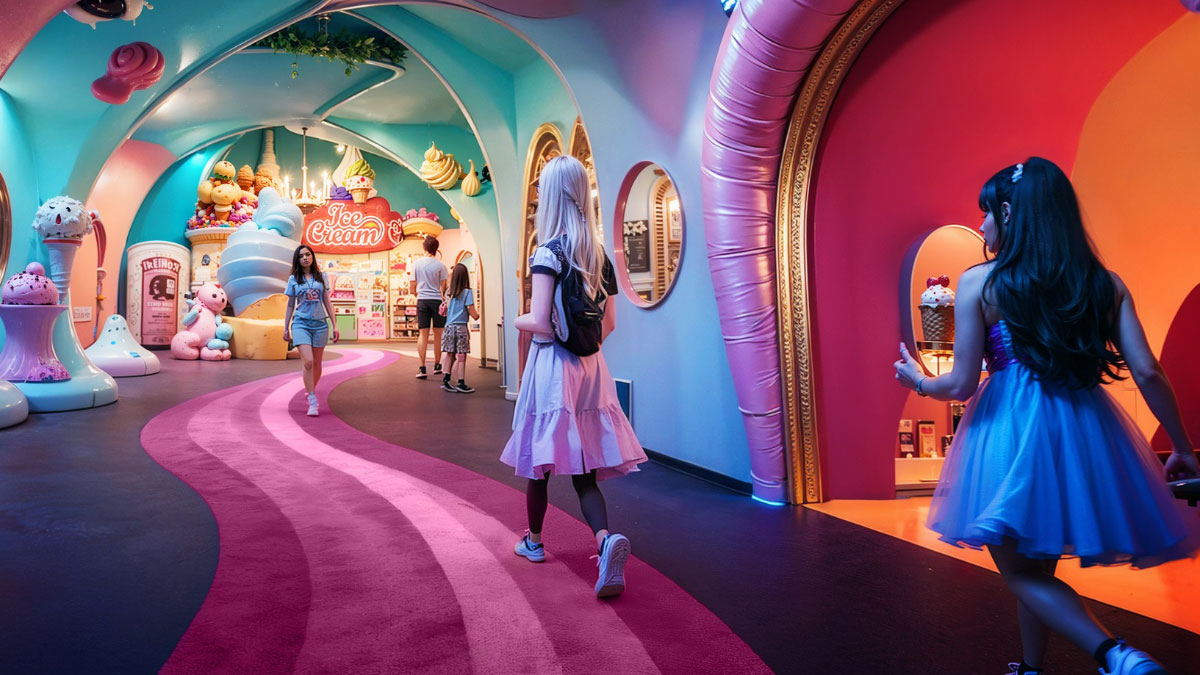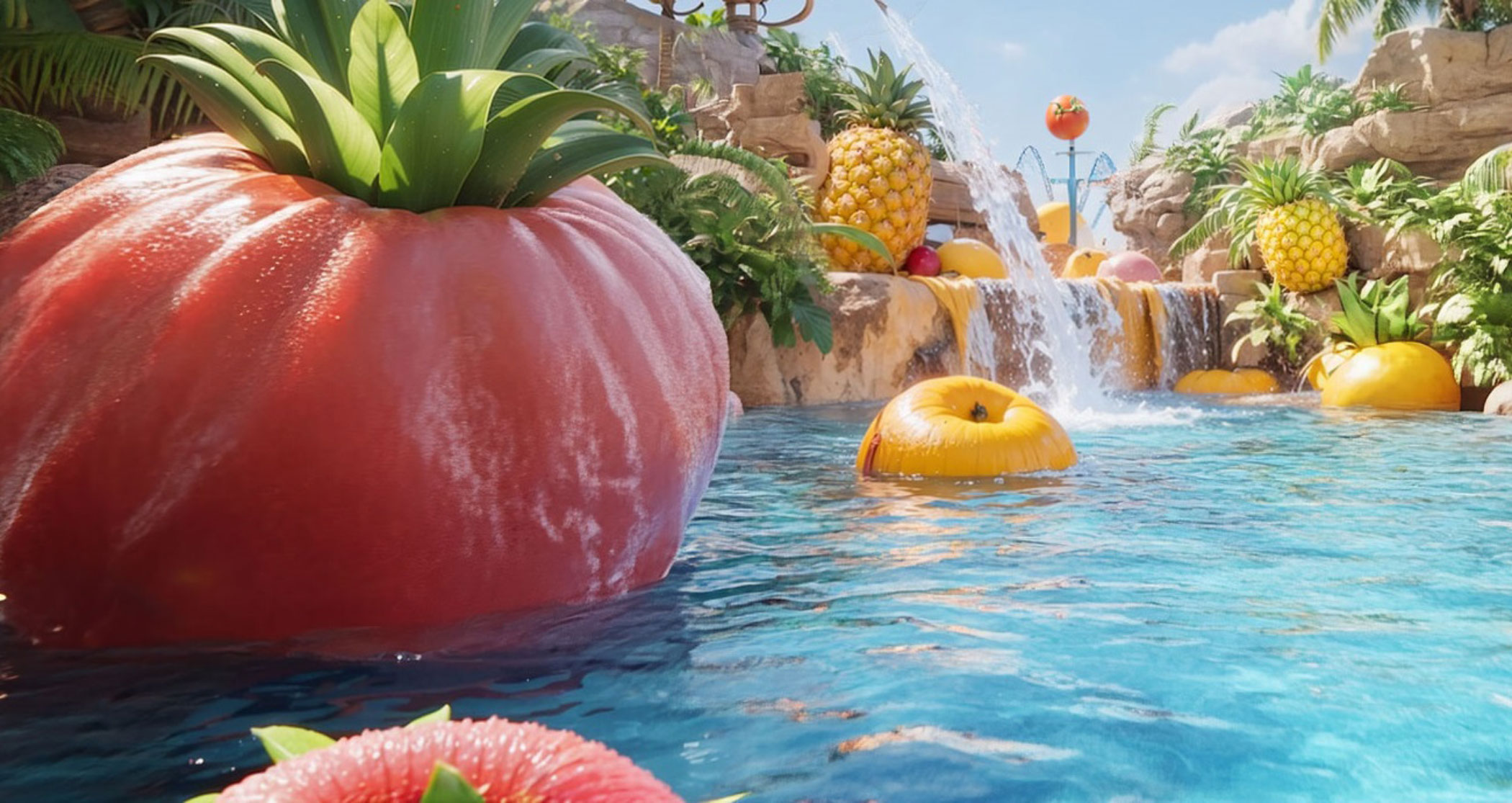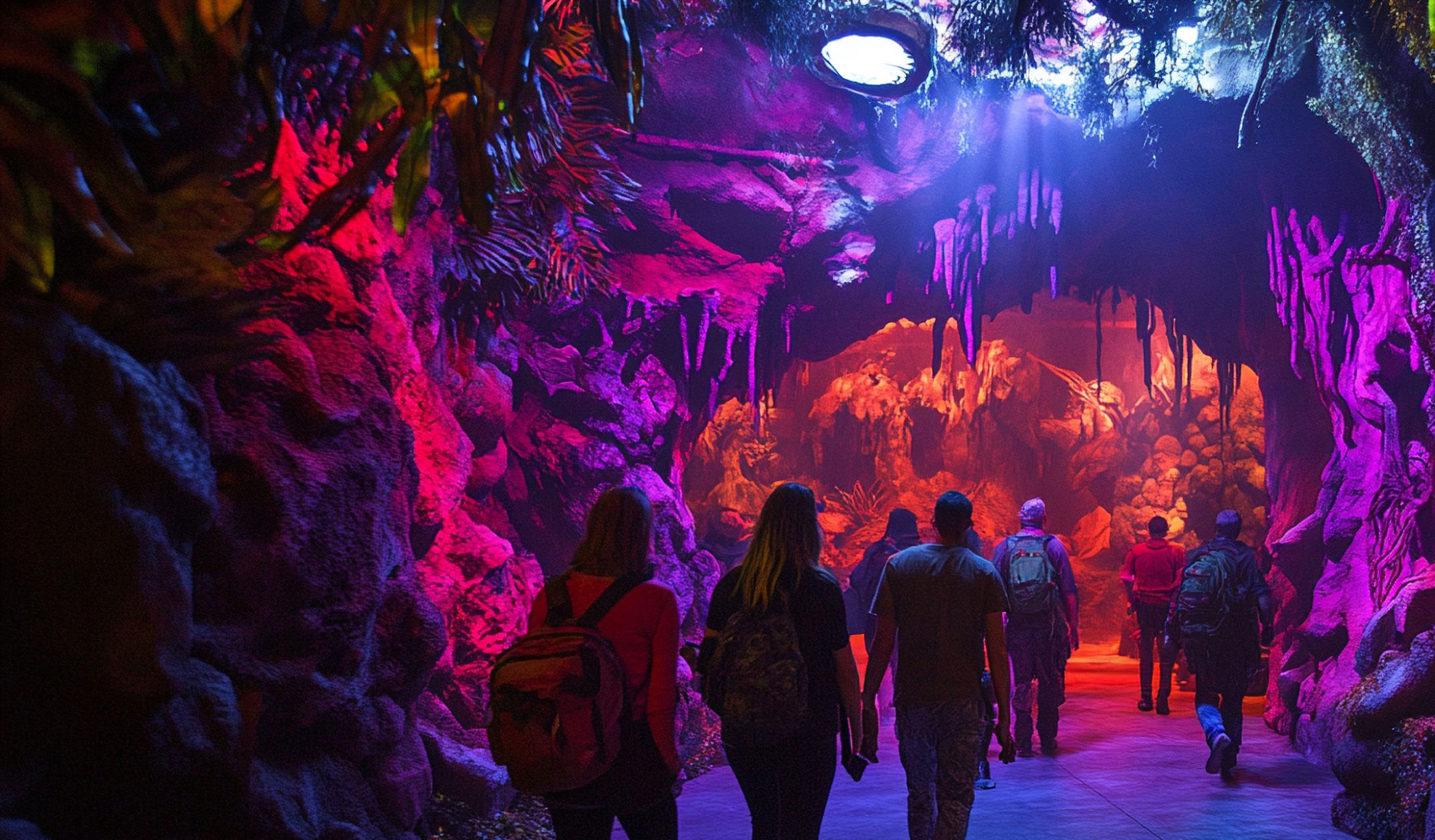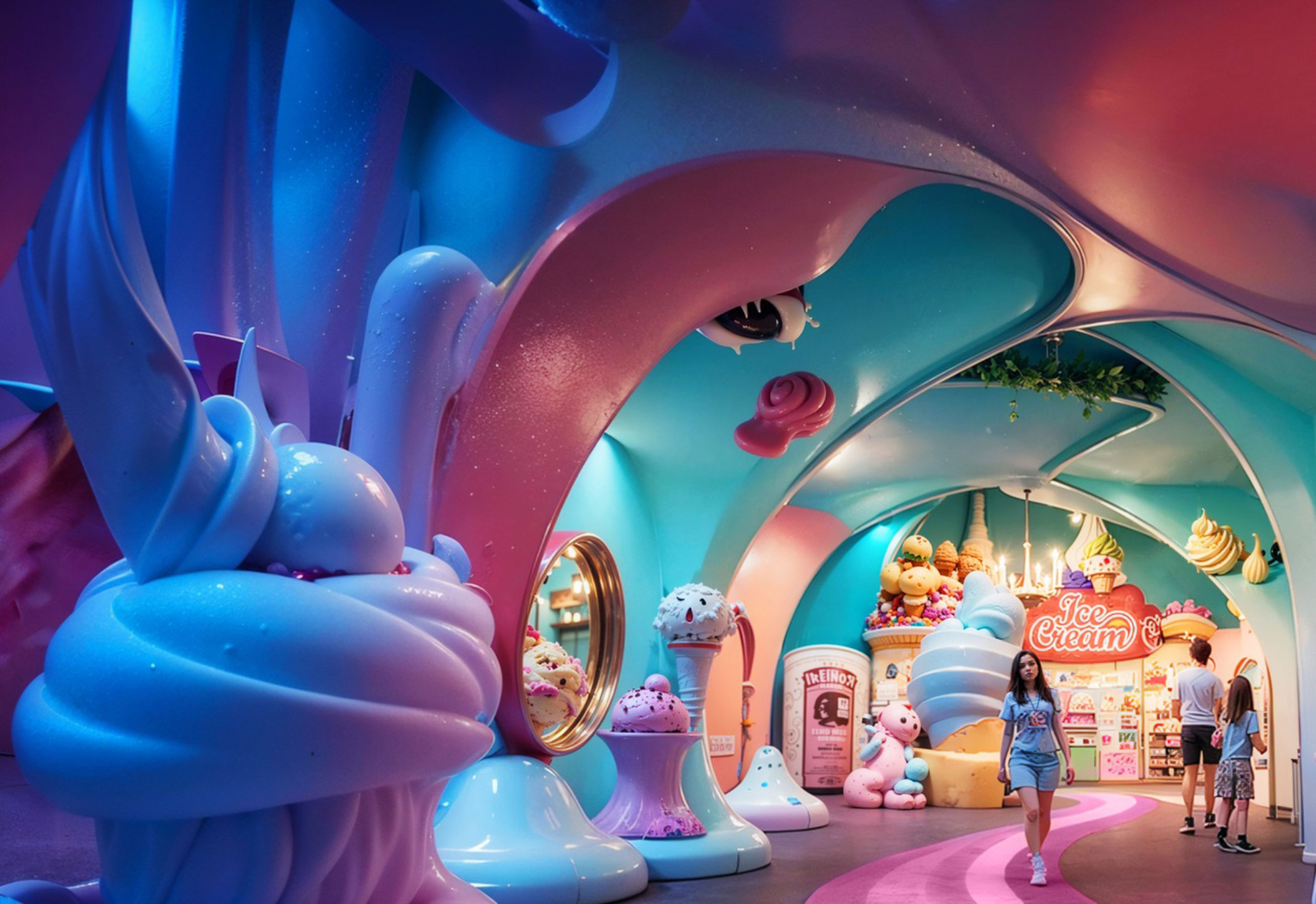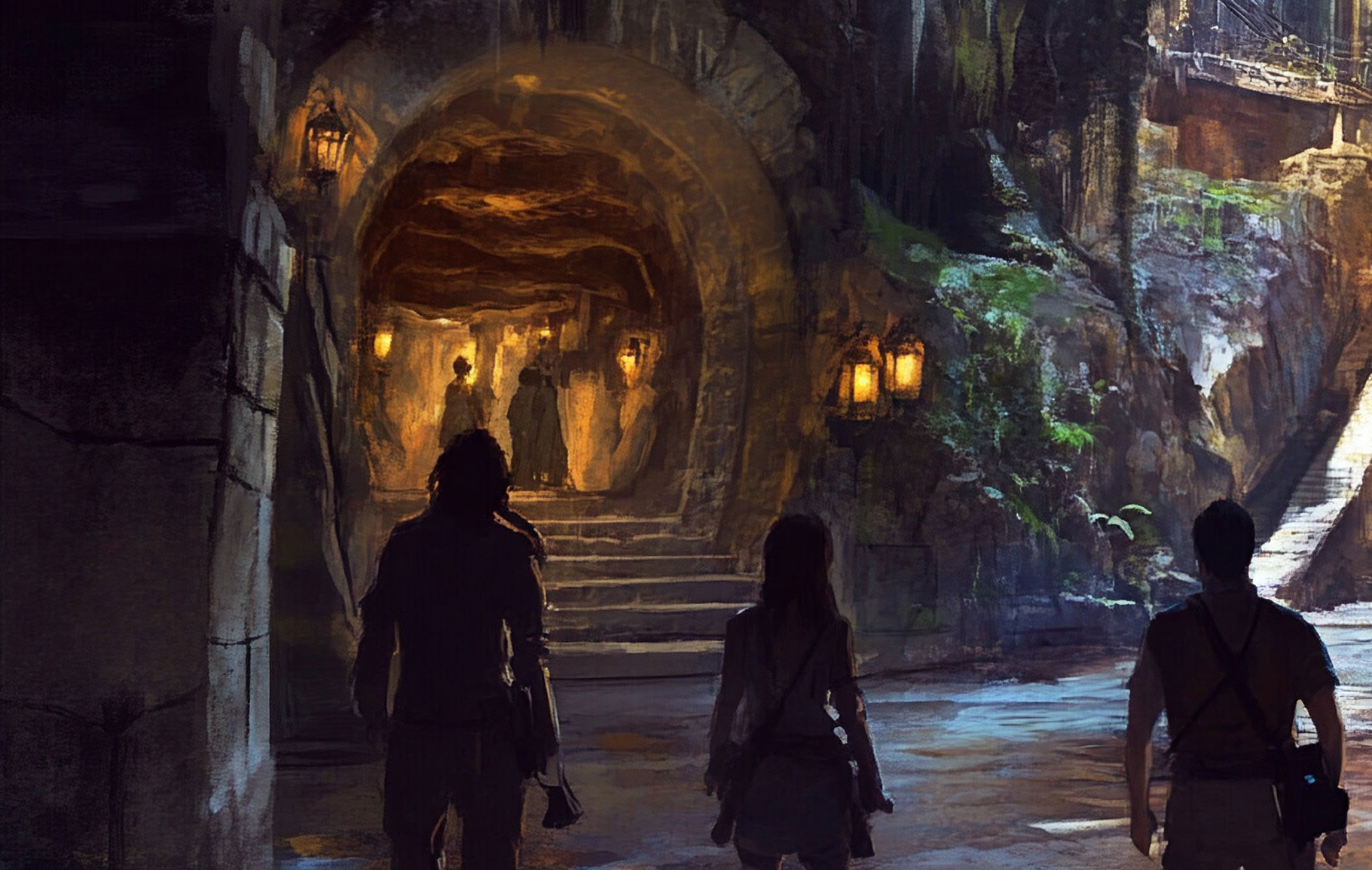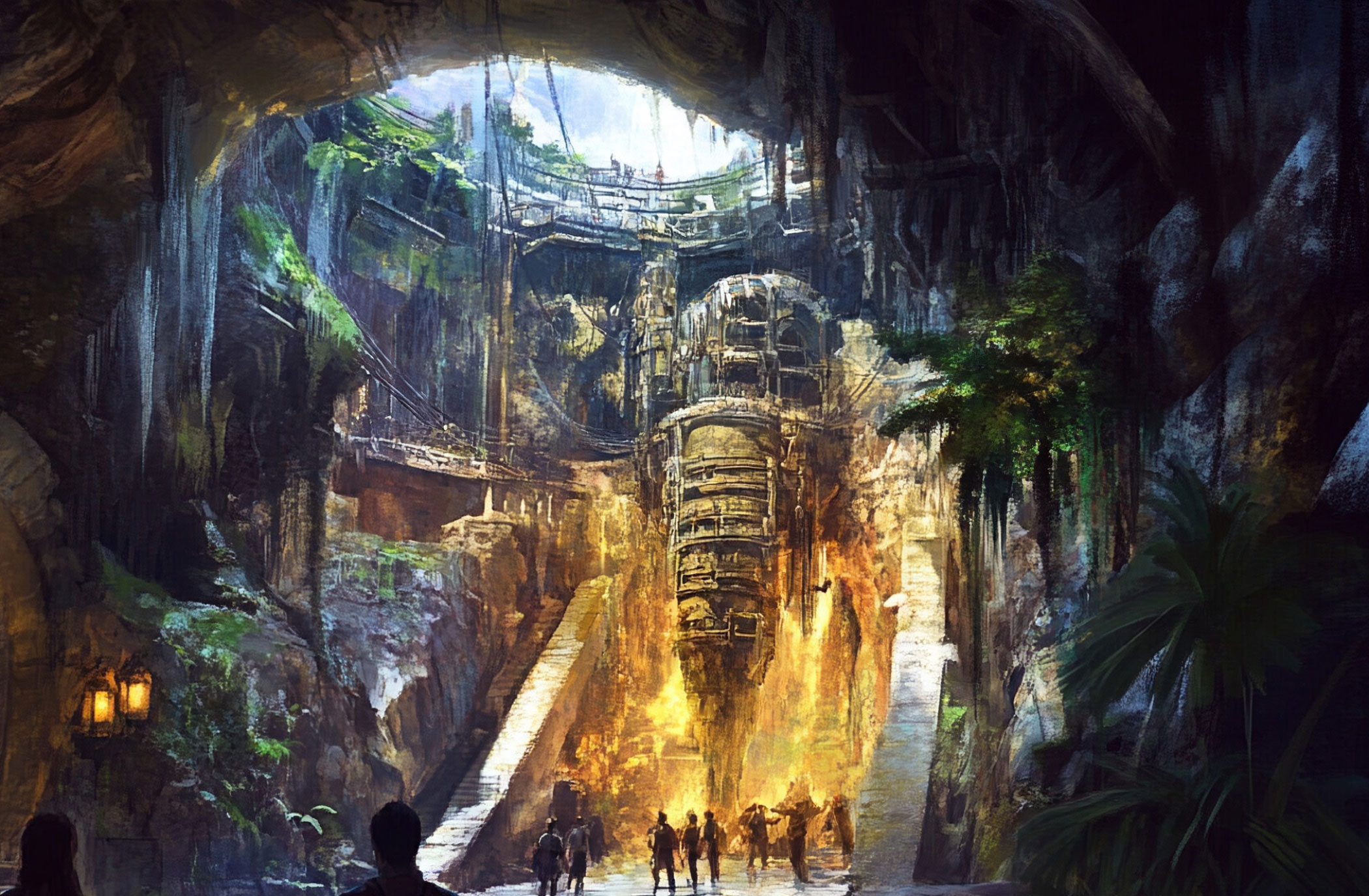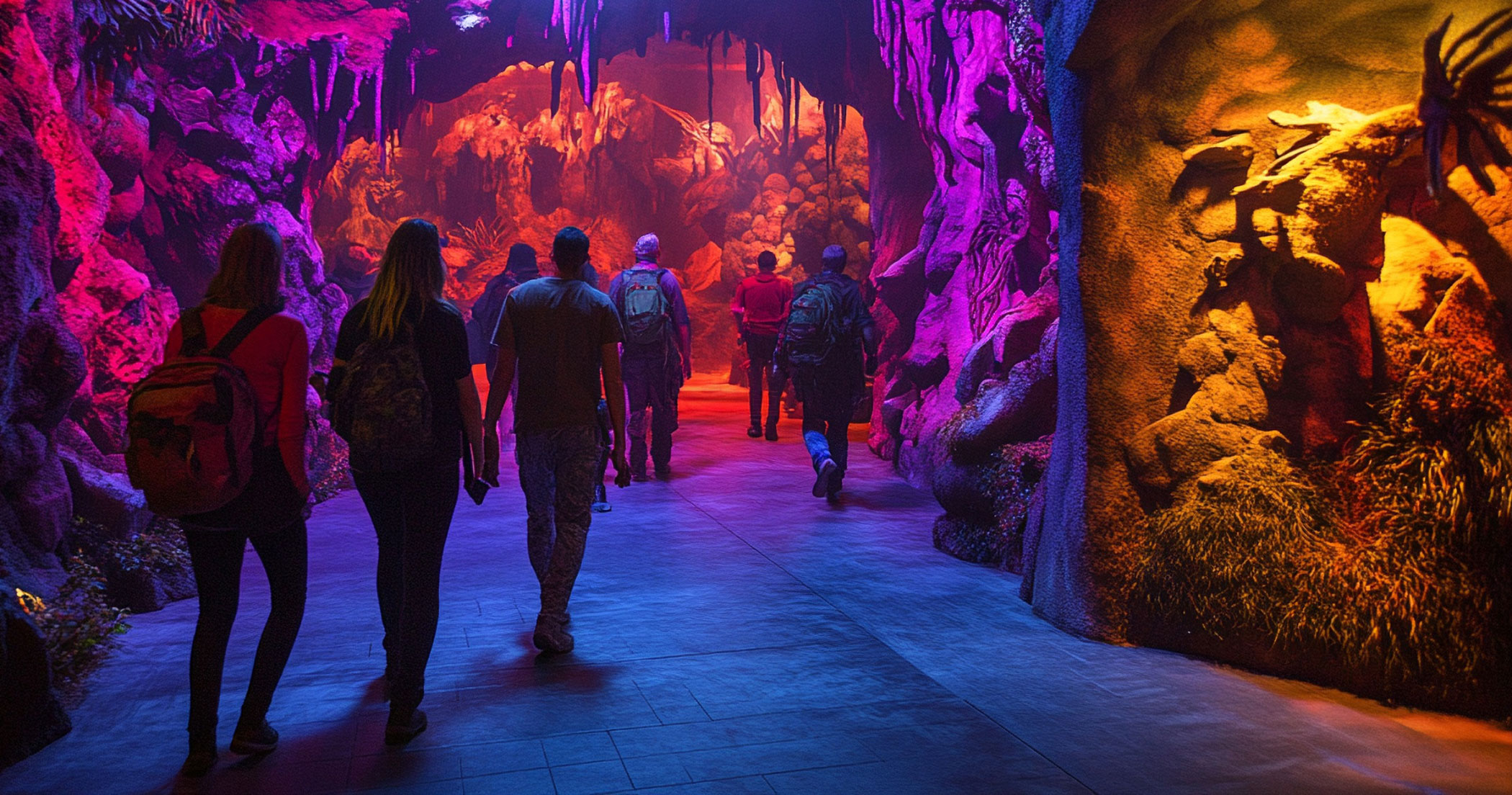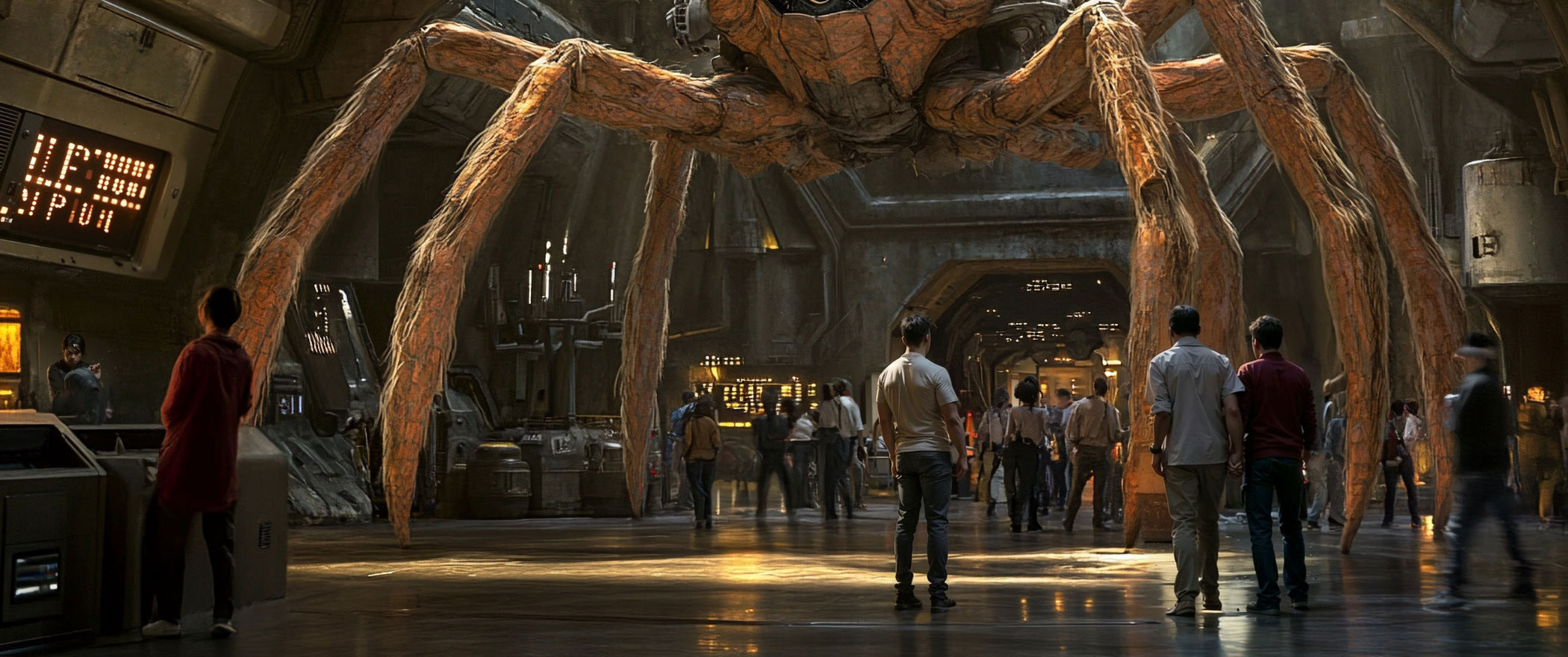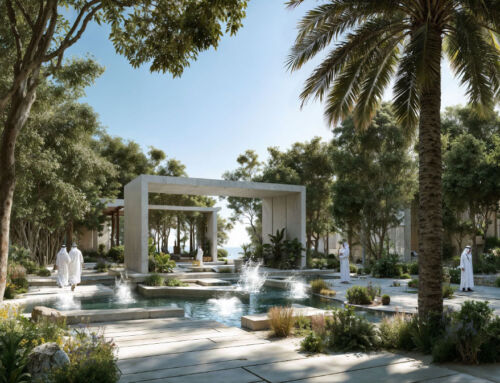Themed architecture for leisure spaces has a starting point—as strategic as it is decisive—that defines it: the overall concept of theming. This general concept guides its development and is materialized with technical precision in all its disciplines and elements, including façades, interior design, lighting, landscaping, and so on.
Acting as a kind of intermediary between the concept and its final material realization, the creative vision of themed architecture will make the difference between a project that goes unnoticed and one that becomes a popular and recognized destination. In other words, the value of themed architecture lies precisely in the fact that it defines the identity of the space, enhances its appeal, and multiplies its capacity to build visitor loyalty. Ultimately, it will masterfully transform that initial concept into an immersive environment that excites, surprises, and, in short, provides unique experiences, unavailable elsewhere.
For example, a brand-new hotel might appear to us like a historic palace or a medieval castle; a water park, on the other hand, will immerse us in a typically tropical atmosphere; Or a shopping centre will make shopping a true journey through time… As you can see, themed architecture makes the impossible real.
To make this transition from the imagined impossible to the real, we use state-of-the-art, cutting-edge tools:
– Building Information Modelling (BIM) is one of them, perhaps the most important. This technology helps us coordinate the architecture with the different engineering disciplines and guarantees the development of the leisure project without surprises during construction.
– For its part, advanced structural calculations ensure the safety of complex shapes and large spans.
– And with 3D modelling and parametric design, we produce unique geometries with millimetric precision.
– We rely on the comprehensive sustainability analysis of the project to ensure energy efficiency and reduce environmental impact.
– Finally, our 3D-Tech prefabricated modular production system helps us construct hyper-realistic finishes and lightweight, yet sturdy, structures, no matter how large they may be.
It only remains to add that themed architecture is primarily applied in theme parks and water parks, hotels and resorts, shopping centres, museums and cultural spaces, and urban and landscape projects.


